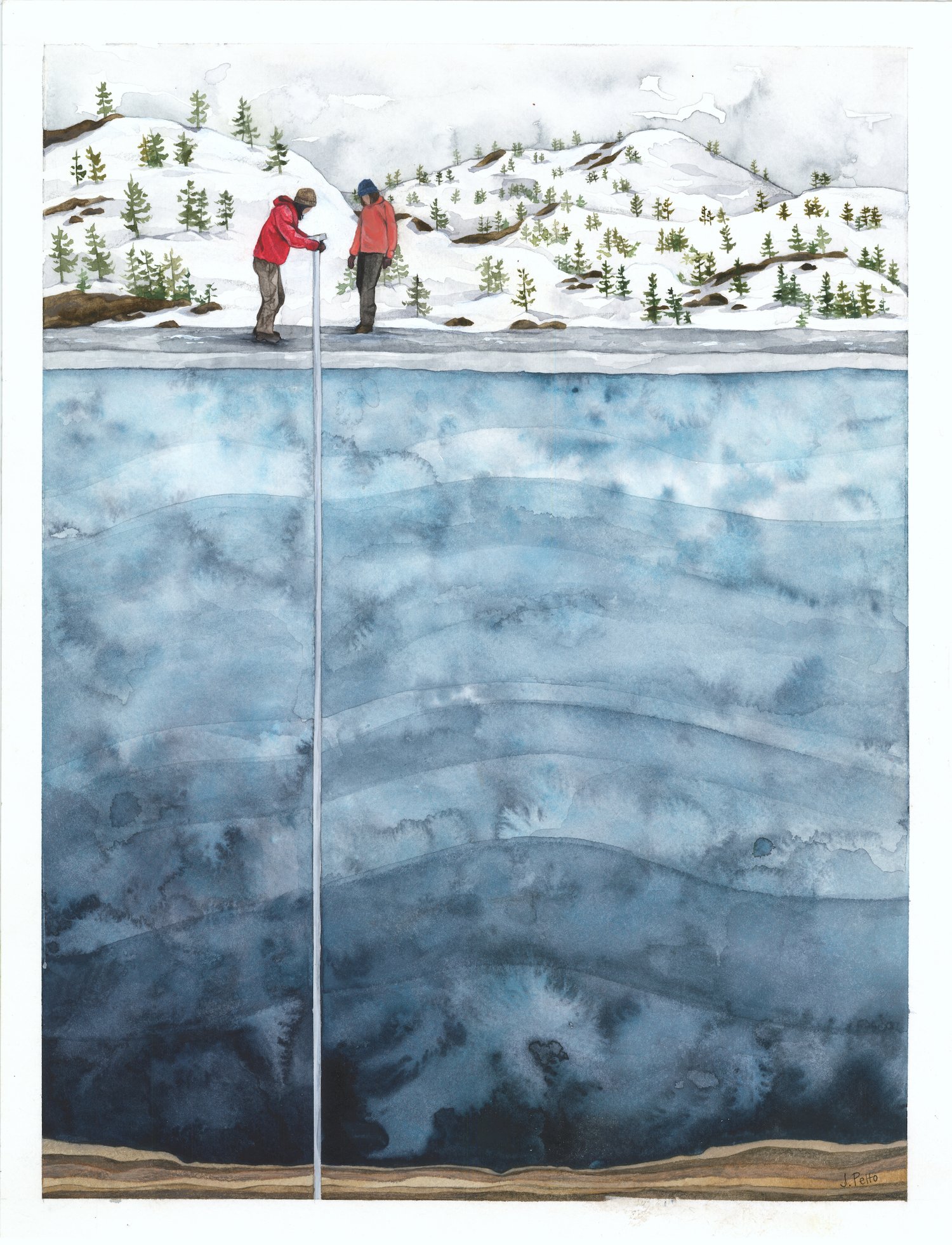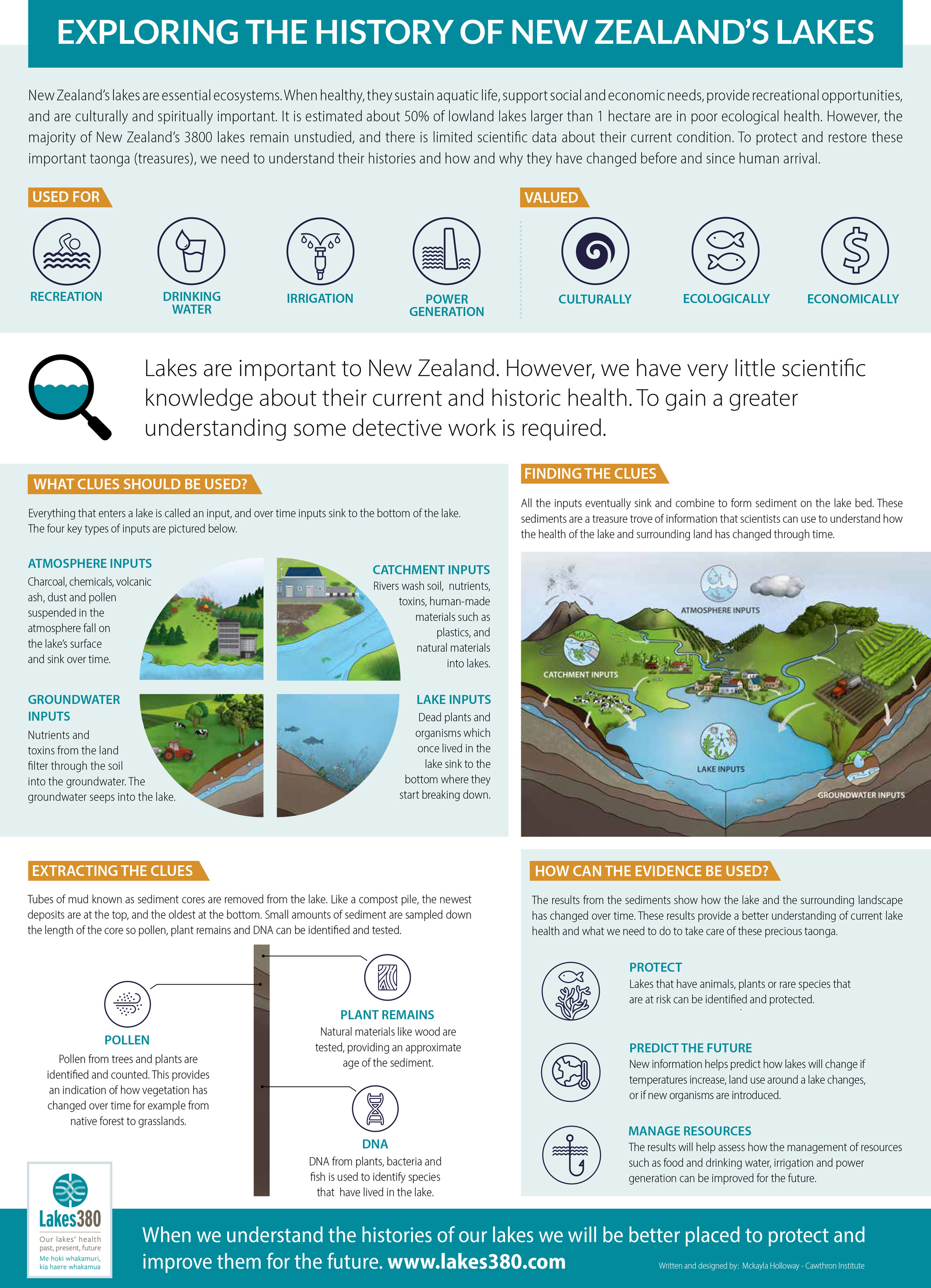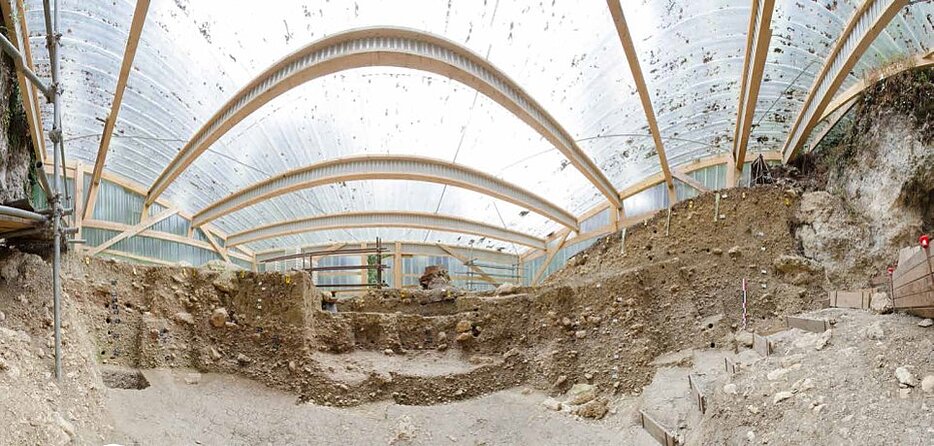Popular science and outreach
Curious to know what sedaDNA research actually looks like? Our members share their passion about this new and exciting field of research with the public through a range of outreach and popular science initiatives. Please enjoy and share their stories!
Our stories
Sedimentary DNA made the line up for Science's 2021 Breakthrough of the Year! Congrats to all co-authors involved for this achievement! Check out Science’s cover stories of their sedaDNA work here: Ancient DNA Pulled From Soil - Lost worlds found - DNA from cave dirt tells tale of how some Neanderthals disappeared - DNA from dirt can offer new view of ancient life - Team recovers ancient genomes from dirt, revealing new history of North America's bears

'It turns out that there are lots of other clues about the history of living things that are just waiting to be dug up. It's just that they are a lot smaller than even your tiniest fossils.' - made by SciShow

'Like Jill Pelto I like finding new ways to communicate science to a broader audience and especially through art. In these pieces of art Jill used scientific data from our research to increase awareness about what we do and to explain it in a simpler fashion.' - from Laura Parducci, Assoc. Professor, Dept. of Environmental Biology at Sapienza University of Rome, Italy & Dept. of Plant Ecology at Uppsala University, Sweden - below made by Jill Pelto

'Our Lakes’ Health: past, present, future - Me hoki whakamuri kia haere whakamua is a five-year research project that will enrich our understanding of the environmental, social and cultural histories of 10% of New Zealand’s 3,800 lakes (>1 ha). This involves collecting and analysing lake sediments and water samples, as well as interviews and field visits - shared by Lakes380 project researcher Susie Wood, Senior Scientist, Cawthron Institute, New Zealand.

Climate Change, Not Humans, Likely Killed The Woolly Mammoth
'Ultimately, the rapid warming - and increase in precipitation - in the Arctic that preceded the Holocene turned the vast steppe-tundra grasslands into a wetter mosaic of habitats that could no longer support mega herbivores such as mammoths - shared by co-author Alexandra Rouillard, postdoc at the Dept. of Geosciences, UiT The Arctic University of Norway, Norway and affiliated researcher at the GLOBE Institue, University of Copenhagen, Denmark, of paper: 'Late Quaternary dynamics of Arctic biota from ancient environmental genomics', Wang, Pedersen and Alsos et al., 2021, Nature - below Artist impression of a trio of woolly mammoths trudging on snow-covered hills. Image credit: Daniel Eskridge.

Project PALMIRA (Paleoecology of Alexandrium minutum in the Bay of Brest)
Video about core sampling and lab work released as part of paper: 'Sediment archives reveal irreversible shifts in plankton communities after World War II and agricultural pollution', Siano et al., 2021, Current Biology- shared by Raffaele Siano.

DNA from Extinct Humans Discovered in Cave Sediments
Check out the Press kit for paper: 'Neandertal and Denisovan DNA from Pleistocene sediments', Slon et al., 2017, Science - shared by first author Viviane Slon, Senior lecturer, Dept. of Anatomy and Anthropology and Dept. of Human Molecular Genetics and Biochemistry, Sackler Faculty of Medicine, Tel Aviv University - below : The archaeological site of Les Cottés, France; Credit/Quelle: M. Soressi/S. Schatz.

